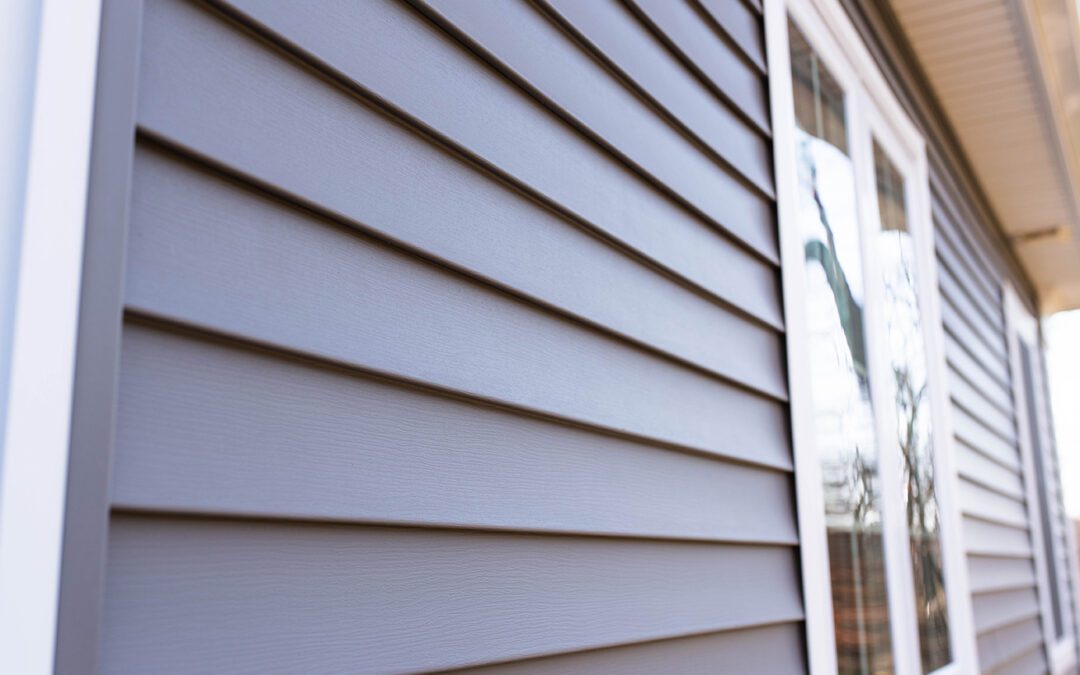What is the lifespan of vinyl siding?
Without any maintenance at all, vinyl siding can easily last about 20 years before becoming weathered beyond repair. With minimal, albeit regular maintenance, this lifespan can be doubled to 40 years.
Vinyl siding is popular with homeowners not just because of the wide range of colors and styles it comes in, but also because it’s comparatively easy to install and requires very little maintenance. Washing off dirt and debris about once a year and regularly inspecting for cracks, damage, and areas of moisture infiltration is all that’s really needed to keep vinyl in top condition.
The lifespan of vinyl siding can be affected by a number of different factors:
Quality of Materials. The thickness or grade of vinyl siding will impact how long it can hold up to the elements. Grades range between .35 millimeter thickness up to .50 millimeter, with options for insulated siding versus siding without insulation. As expected, thicker vinyl typically comes with a longer warranty than thinner counterparts, though also a higher price tag. Making an informed decision based on the amount of abuse your home receives from the weather in your area will help balance quality with your budget.
Skill of Installers. When an unskilled or inexperienced team puts siding on a house, there’s a risk of serious weaknesses in the armor of your home. Quality installation teams will repair any water damage to the home before installation as well as use the correct corrosion-resistant nails and taping joints.
Frequency of Maintenance. An ounce of prevention is worth a pound of repair; keeping a close eye out for signs of damage and addressing issues before they become bigger problems can extend your siding’s lifespan. Be sure to wash away debris every so often to make sure you’re not missing any hidden damage.
Intensity of Weather Conditions. Rochester weather varies from hot, humid summers to cold, brutal winters. The landscaping of your property also determines the conditions your siding will live in, namely whether your home receives any shade from trees or is subjected to direct sunlight all hours of the day. Extreme temperatures can warp siding while excessive sunlight will fade the color more quickly.
How do I maintain my vinyl siding?
Did you know that vinyl siding can be painted? While it’s not necessary, a new coat of paint can freshen up old siding once the color has faded. However, maintaining your siding properly can prolong its lifespan and put off the need for any cosmetic enhancements like paint.
The importance of cleaning and inspecting has been mentioned a couple of times already, but what exactly do those tasks involve?
How To Clean Your Siding: It’s recommended that vinyl siding should be washed at least once per year. Power washing is an option, though it’s also possible to use a regular garden hose with a soft-bristle brush or cloth. If you use a power washer, be careful not to aim the spray of the water upwards, underneath the siding planks. Doing so may trap water underneath the siding and cause unseen damage. Use a cleaning solution of 30% vinegar and 70% water to clean any particularly stubborn, dirty areas.
What To Look For When Inspecting Your Siding: Taking a look over the entirety of your home’s siding should be done twice a year, though it’s wise to take stock of potential damage after any severe weather. Keep an eye out for warped panels, any breaks, cracks, or tears in the material, or stains possibly caused by moisture or other damage. Replace any problematic planks before water or pests can exploit the weakness in the siding and gain access to the parts of your home that are meant to be protected.
If your siding is nearing the end of its life, it’s important to consult skilled, qualified professionals who can make sure that new siding is installed properly to last decades to come. Oaks Construction has the certifications and awards to back up the quality of our team. Give us a call for your free estimate and to get your project started today!

